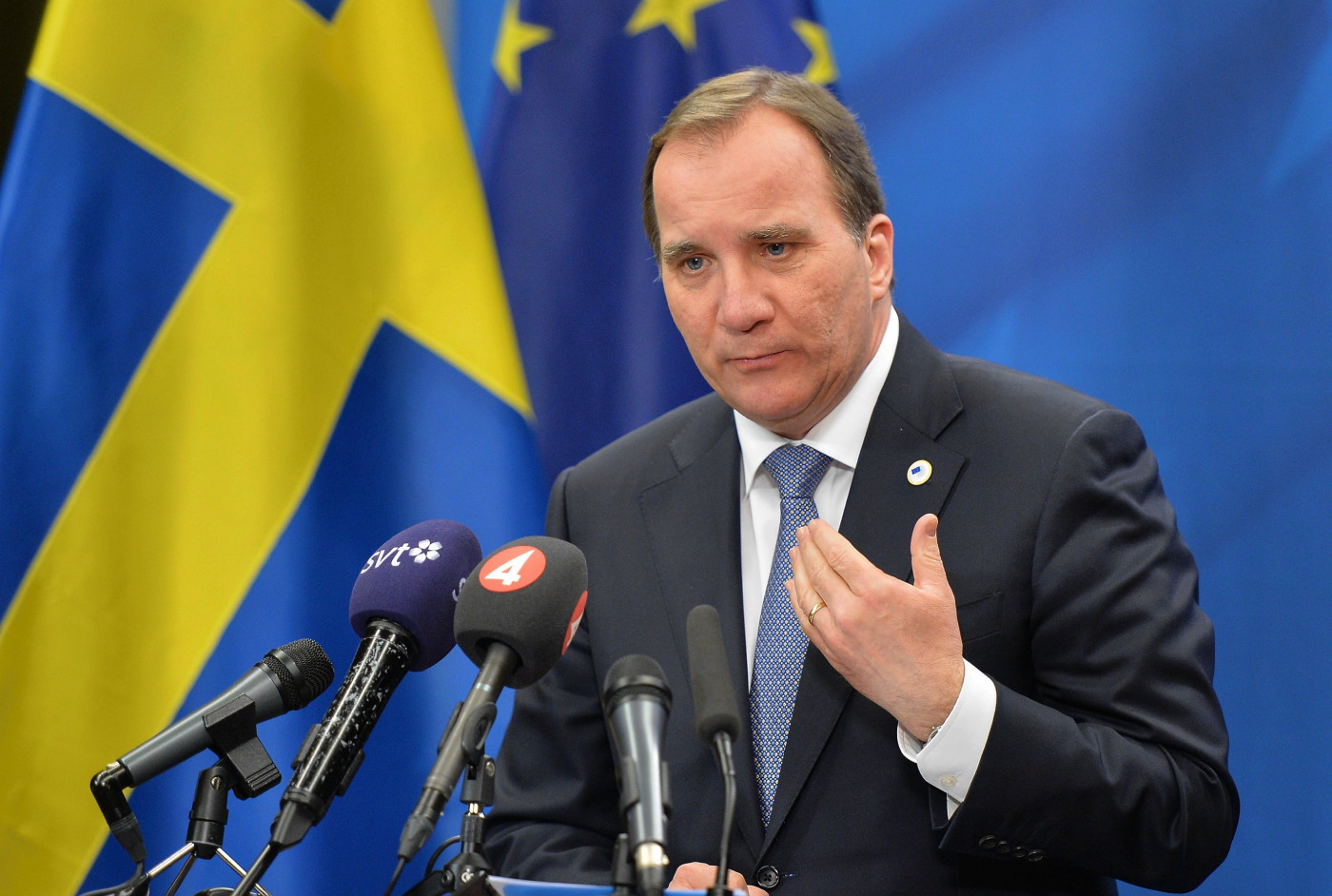Swedish Prime Minister Stefan Lofven and EU Trade Minister Ann Linde will visit Iran’s new Scania truck factory on February 12 in Qazvin province marking the company’s commitment to the country following the easing of sanctions last year.
Scania produced and sold 991 trucks and 863 buses in the Islamic Republic last year is looking to the Iranian market for future potential growth for its wider Central Asia and Middle Eastern sales, according to a press release from the firm.
The business delegation led by the Swedish leader will tour the factory and meet with staff and management.
According to the Stockholm-based company, Scania’s share of the local bus market is currently at 65% while it holds a 22% production share of the overall truck market.
Scania has been present and operating in Iran since the early 1980’s, and in 2009 was one of its largest bus markets.
“Without our partners Mammut on the truck side and Oghab on the bus side we would not be where we are today, and with a growing market, we will deepen our cooperation with them,” Tobias Sigerstad, Scania´s country manager Iran said.
He added, “With the right mindset and the right environment we firmly believe that Iran can enjoy increased mobility of goods and people, with decreasing negative external effects ahead. Scania has the solutions to many of the challenges following such a development.”
In an interview before the Swedish premier’s arrival in Tehran, Scania CEO Henrik Henriksson spoke about the potential of the Iranian market to Sweden’s LT newspaper.
He said he hoped in 2017 the company with its local partners will produce 1200 buses and more than 7,000 trucks in Iran.
“Everything is dependent on the finances that we can put up.”
Henriksson went on to say that the company’s profitability in Iran is entirely dependent on further sanctions relief, noting that there could be three times as much sales if that were the case.
The CEO pointed out that 20% of the company’s products in Iran are made in conjunction with local auto part makers, but said this figure could rise to 30% in 2018.
Moreover, for the Iran subsidiary to grow further, local cabin manufacturing partners will be needed, Henriksson told the newspaper.
When other European heavy vehicle manufacturers pulled out of the Iranian market in the face of sanctions, Scania, through its two established distributors Mammut Diesel and Oghab Afshan, had a substantial presence while carefully avoiding any breach of sanctions.


